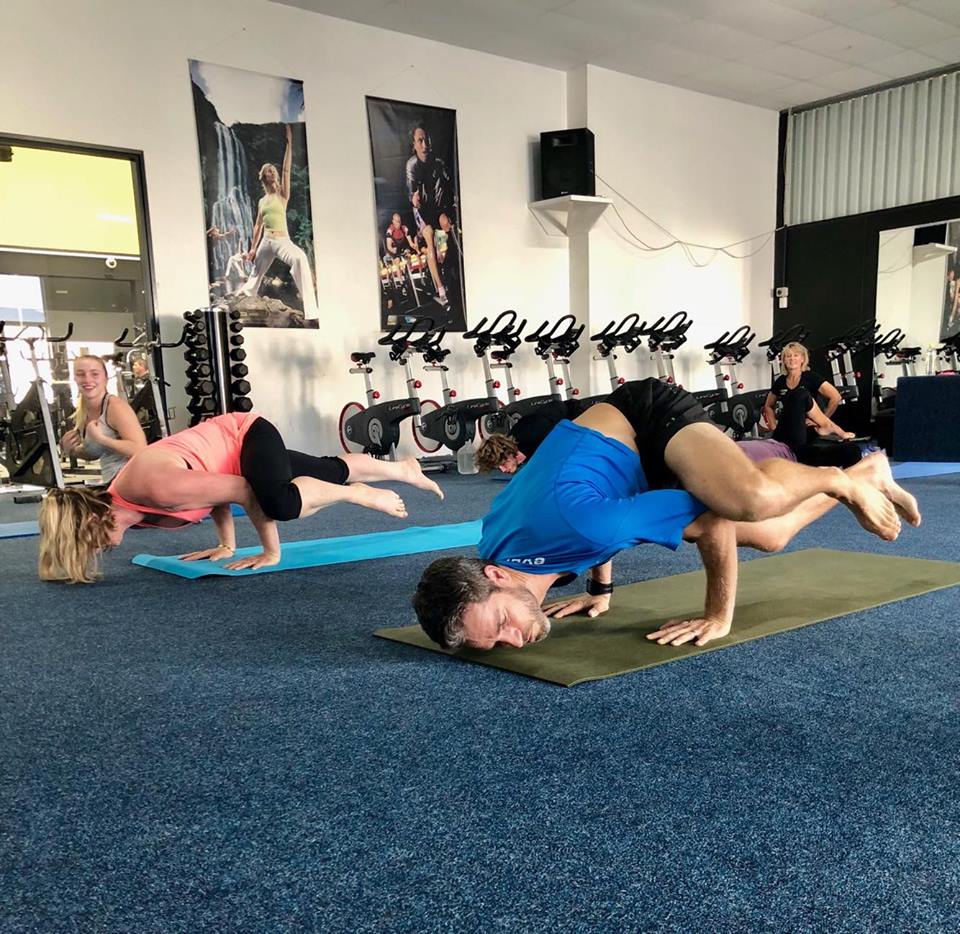Why should I do YOGA?
Stretching, December 03, 2017
I believe Yoga is one of the best ways to work on full body flexibility, stability, and basic mind-body connection. This is one enhancing habit that should be a part of every athletes regime.
The strands are equal and the whole result is greater than the parts. This resonates with me as I believe in Aristotle's quote "The sum of the whole is greater than the individual parts" when it comes to daily habits to move you towards true potential.
A good athlete requires a strong upright posture, controlled breathing, and excellent focus. It's all about showing up with authenticity in the world and bringing your full attention to a task, a feeling for another person without regard for what it will bring you. You don't have to place Yoga within a religious framework if it makes you uncomfortable. In my opinion it's a great way of working on self improvement with great full body stretches that have been honed over 5000 years. The science of yoga has it's origins long before the first religions or belief systems were born.
Be consistent with your practice. This applies to Yoga or ANYTHING for that matter. If in doubt breath out, and let negative thoughts go. Delay gratification, don't fall into the trap of societies "instant gratification" culture - learn to be comfortable in your own skin, and not continually comparing to what advertising is showing us. Get comfortable with uncomfortable . This allows us to be of service better and allows us to tap into our creativity. Before embarking on a yoga class ring around, get some recommendations from friends, have a chat to the teacher to see if the class will match up with your goals. the biggest regret you will have is if you don't at least give it a go.
Types of Yoga
1) Vinyasa Flow (flowing movements) - faster paced flowing sequence of postures that gives you a great workout. Great to sync your movement with breathing focusing your mind and giving a great aerobic workout. This is my favorite type. William Truebridge (world record free diver) explains in his book OXYGEN (check out my book review ) that these flowing movements helps purify nerve channels (nadis) so that energy can travel more freely through the body during the breath work. Williams hours of training have had the effect of tonifying major nerve channels in his system.
3) Kundalini - this type involves chanting and repetitive phrases linked in with mudras or hand positions. Less energetic and positions are held longer. It's said to create energy. It also helps with breaking the cycle of food or drink to manage emotions. This is my least favourite. I get a little uncomfortable with the chanting.
4) Hatha - generic term to any type of yoga that involves a sequence of basic postures and is associated with gentler classes with a good intro to breathing techniques. Good for beginners.
Brad Dixon is a sports physio, coach, and wellness evangelist based at EVERFIT Physio & Coaching. His passion is promoting enhancing daily habits that nudge people towards potential and save the planet. His book ‘Holistic Human’ is available here - https://everfit.co.nz/Store/Category/Book . The power is in our daily habits! Connect with Brad at www.everfit.co.nz, Facebook, Strava, Instagram (@everfitcoach), and YOU TUBE https://youtube.com/c/EverFITcoach

.jpg?version=8)